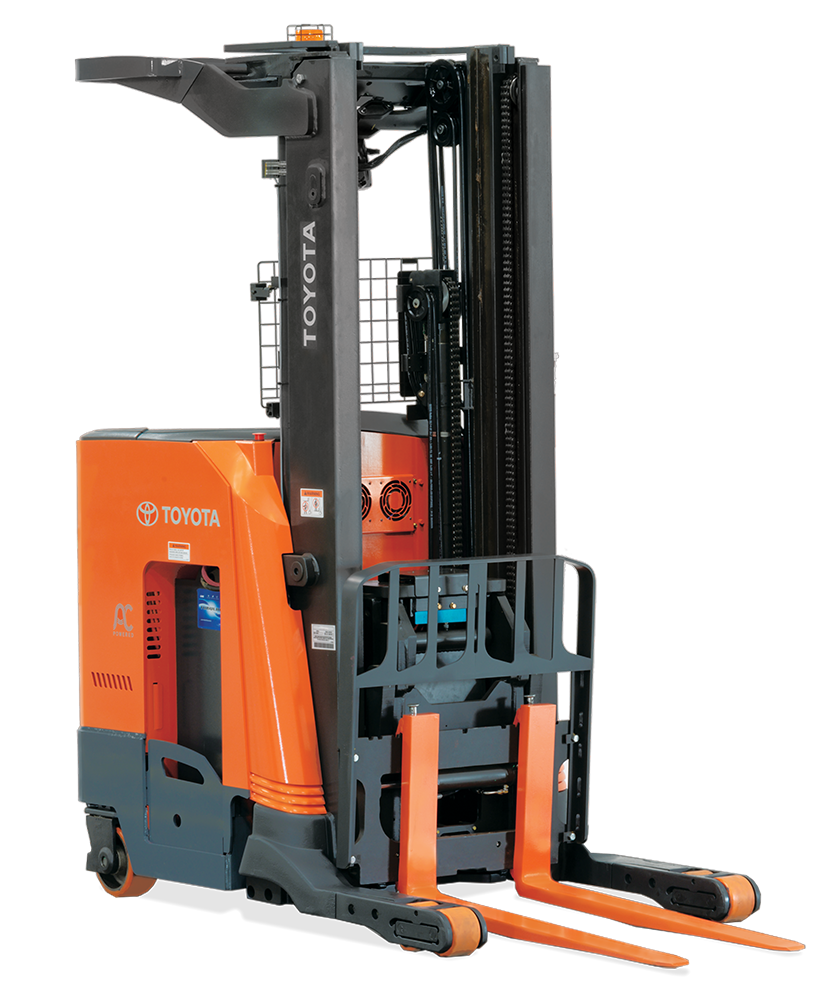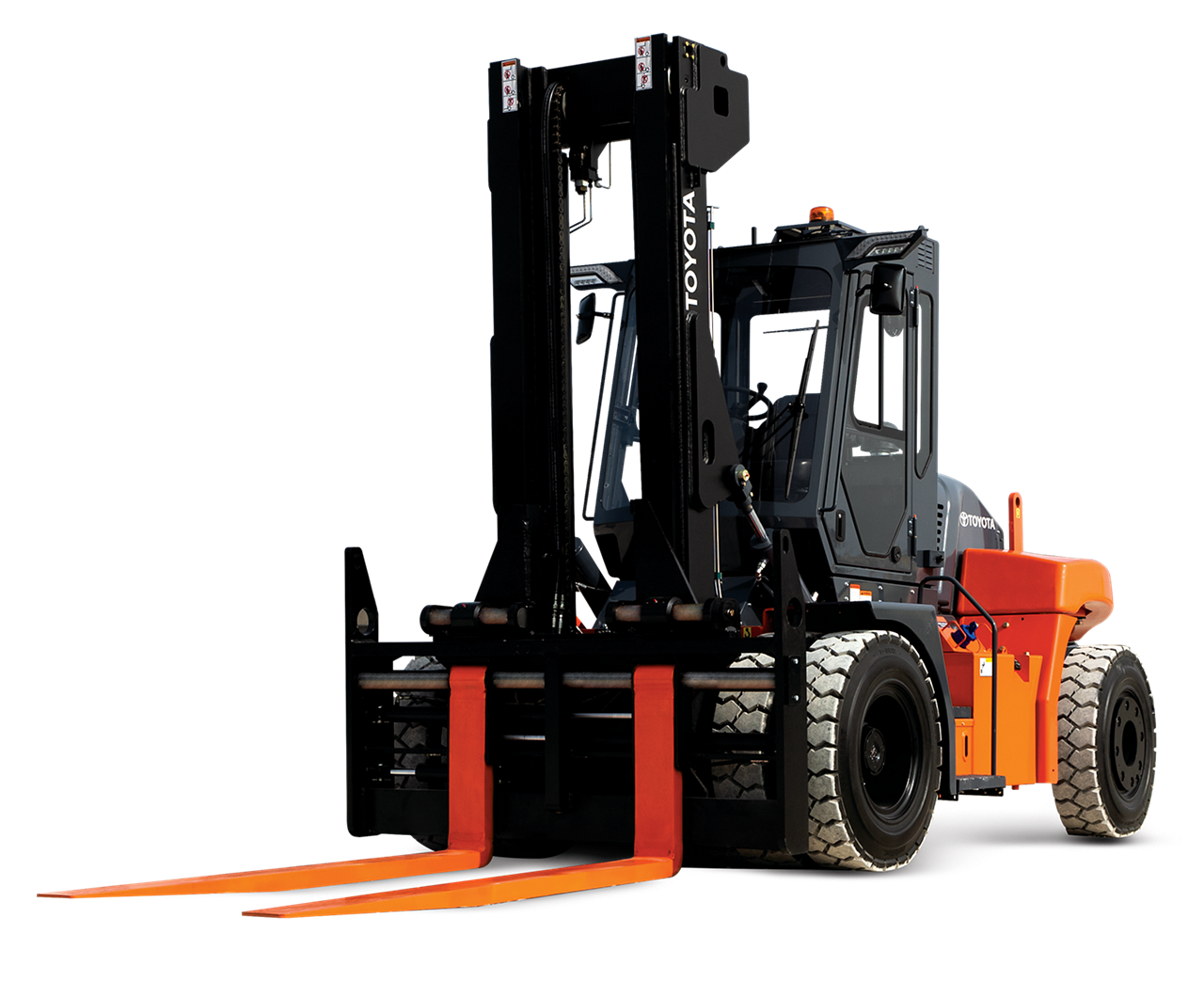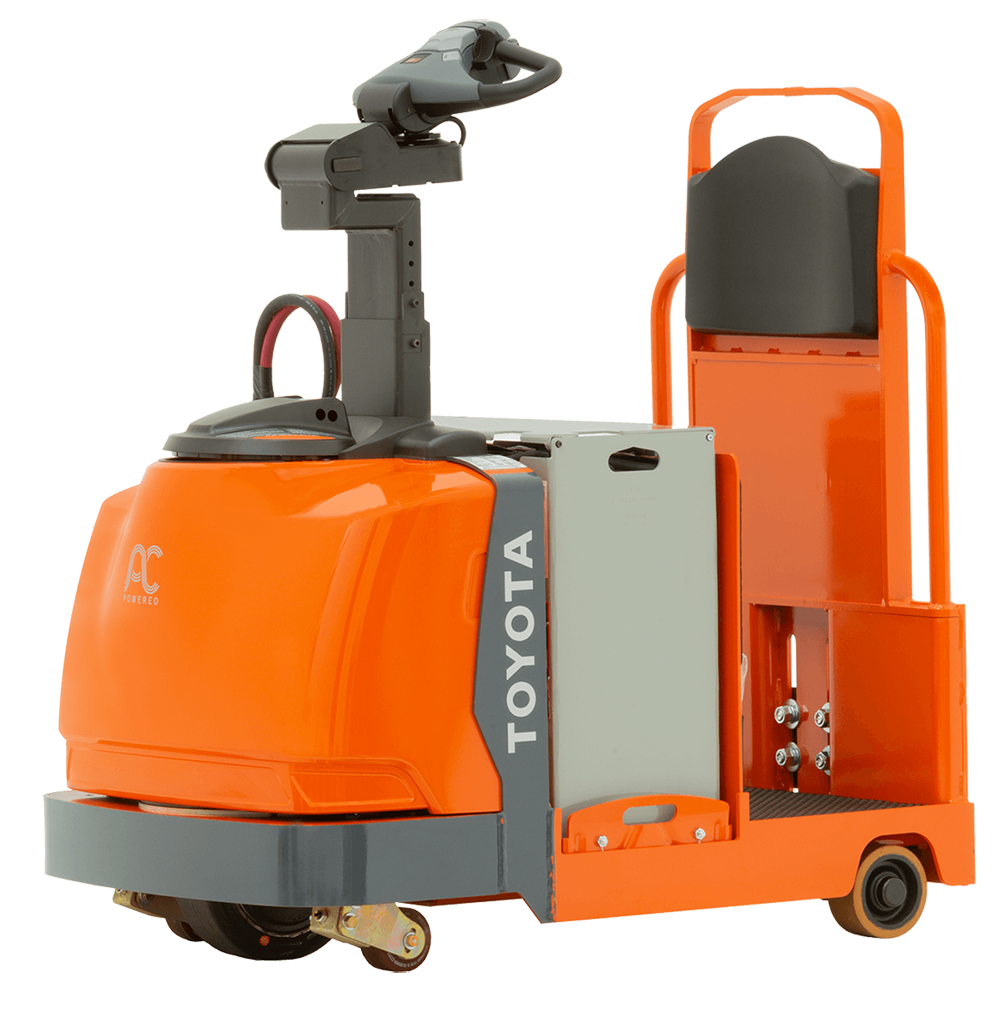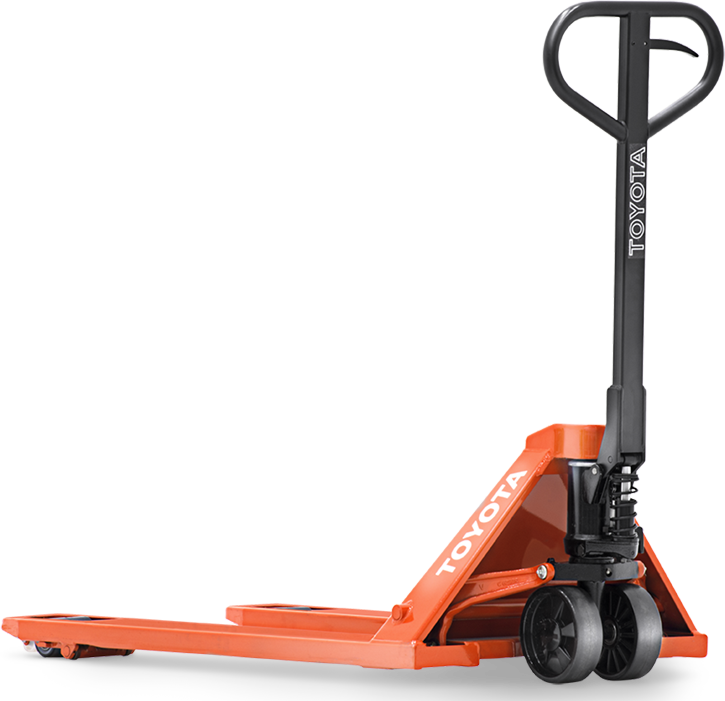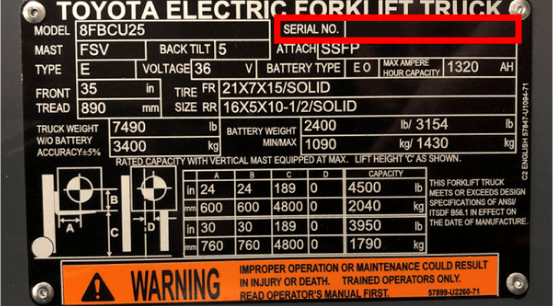Please click below to sign in to your MyToyota account
Forklift Safety: Strategies And Best Practices

Forklift safety is an ongoing learning experience. Proper training in accordance with OSHA requirements should be the first priority for all forklift operators. It is imperative that anyone who operates a forklift complies with OSHA’s training requirements. OSHA requirements have been in effect since 1999. Since they began mandating the training, forklift accidents have decreased even though the number of forklifts in use has risen steadily. An organization can be fined as much as $100,000 if proper training is not conducted for forklift operators.
Nearly 100 workers are killed each year in forklift related accidents. 24% of these accidents are the result of rollovers. Other accidents include works being struck by the forklift load, by the forklift itself, or workers falling off the forklift. The need to give safety your utmost attention as a business operator is made clear when assessing the statistics associated with forklift accidents. For example:
- 34,000 serious injuries occur each year
- Over 100,000 total accidents (serious and non-serious) happen each year
- 42% of forklift fatalities are from the operator being crushed when the forklift tips over
- 25% are crushed between the forklift and a surface (wall, load, etc.)
- 8% of workers are crushed by material falling from the forklift
- 4% of workers fall from a platform
Keeping these serious and troubling statistics in mind, implementing best practices in your facility in regard to safety is highly important.
Forklift Safety Best Practices
- OSHA recommends that a forklift driver be over the age of 18.
- Create a detailed training program for new employees and repeat the training for existing employees on a regular basis. This training should include:
- Formal Instruction
- Practical education
- Evaluations / tests
- Know capacity ratings for the forklift being driven. Forklifts have specific ratings showing how much weight it can handle. Be sure that the weight limitations are posted clearly on the forklift and instruct operators to adhere to those limitations.
- Forklifts are equipped with back-up buzzers and warning signals because often it can be hard to see around loads. Train employees to listen for the audible warning signals.
- Keep your distance if you are not operating the forklift. Instruct employees to keep a good distance away from the immediate area where forklifts are being used.
- Slow Down if you are a forklift operator. Some forklifts come with options to limit their speed. This is a good idea to add to your forklift order. Instruct operators of the maximum speed at which they may operate and enforce those regulations.
- Surfaces should be clear, free from debris and safe for operators.
- Have regular forklift inspections on each forklift.
Improper forklift operation results in accidents, damage to products and facilities, and is the result of law suits for companies each year. By following OSHA regulations and adopting strict training rules and regulations at your organization, you can prevent these accidents.
While following these procedures can result in an improved safety setting, below are some specific situations where safety questions and concerns continually arise.
Facilities Considerations for Potential Forklift Safety Improvement
Beyond following these rules for safety success, giving special attention to your facilities can help to improve safety in your operations. There are some general pieces of advice that can be followed, but remember, the unique needs and designs of your operation will ALWAYS dictate what safe practice looks like. Be sure to thoroughly analyze the safety of your site before making any major changes.
- Keep pedestrians and forklifts separated when possible. Use different aisles for pedestrian passageways and material flow.
- Use guards and barriers. Physical barriers assure that pedestrians and material handling equipment do not come into contact with each other.
- Avoid tall, narrow aisles when possible. Height can mean more efficient storage. But make sure that your forklifts and operators are capable of working in them.
- Do not obstruct intersection and doors.
- Eliminate unnecessary noise pollution. When operators and pedestrians can’t hear each other, they are more likely to be involved in an accident.
- Eliminate Poor Lighting. Operators and pedestrians need to see each other clearly whenever possible.
- Avoid installing high-grade ramps or change in floor surfaces. Each can provide hazards for forklifts while in operation.
Understanding Forklift Capacities To Ensure Forklift Safety
So, you’ve purchased a 6,000 lb. forklift. That means you can lift 6,000 lbs. at all times, no matter what, right? Wrong.
The capacity rating of a forklift is the maximum weight at which it is able to safely maneuver at a specific load center. If the forks are not at that exact load center, if the mast type has been changed, or if attachments have been added, the forklift is not capable of maneuvering that load safely.
To avoid making the colossal mistake of exceeding your forklift’s maximum capacity, remember the following:
- Purchase a higher capacity forklift than you think you will need to prevent exceeding the limit.
- Always use a scale to measure loads so you’re sure you haven’t exceeded the capacity limit.
- Operators should be trained to know the difference between the forklift model number and the capacity rating on the data plate.
- Be sure the data plate is always in place and readable.
- Talk to a forklift specialist to be sure you’re using the right forklift for your application.
Though forklift accidents are becoming less frequent every year, one main cause of forklift accidents is an operator trying to maneuver loads that exceed the forklift’s capacity rating. Talk to your local Toyota Forklift Dealer to learn more about forklift capacity ratings and which forklift would be best for you and your business.
Forklift Safety: Avoiding Forklift Accidents Is No Laughing Matter
Forklift safety is no laughing matter. Toyota makes it our priority to ensure that safety is at the forefront of all of our manufacturing processes and training efforts. But while safety comes standard at Toyota, it’s the responsibility of operators and their managers to be sure that Toyota forklifts are being used appropriately. When risks are taken in the name of having fun or joking around, accidents are bound to happen.
Operators should monitor their personal behavior. But a good working environment means that operators are also looking out for each other as well. That means reporting inappropriate behavior when they see it. Here are a few clear examples of inappropriate forklift use for which operators and managers should be on the lookout:
- Racing
- Sitting on the counter-weight
- Allowing passengers in either the operator cab or on the exterior of the lift
- Lifting people with forks
- Lifting unintended loads on the forks
- Trying to distract an operator
- Swerving in the vicinity of pedestrians
- Adding people on the back of a lift to increase counter-weight
- Turning off lights needed for operator visibility
At Toyota, we make industry-leading forklifts with a guarantee of quality, durability, value, and reliability. And our first priority is always your safety. If you or your associates need help recognizing appropriate and inappropriate forklift use, your local Toyota Forklift Dealer offers operator safety training.
For more information about forklift safety or Toyota Forklifts, contact your locally authorized Toyota Dealer.




